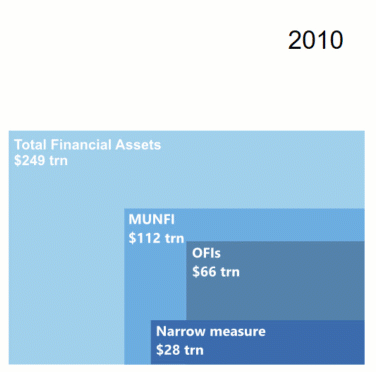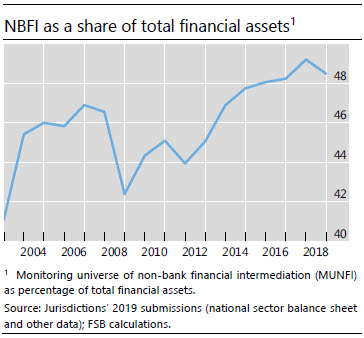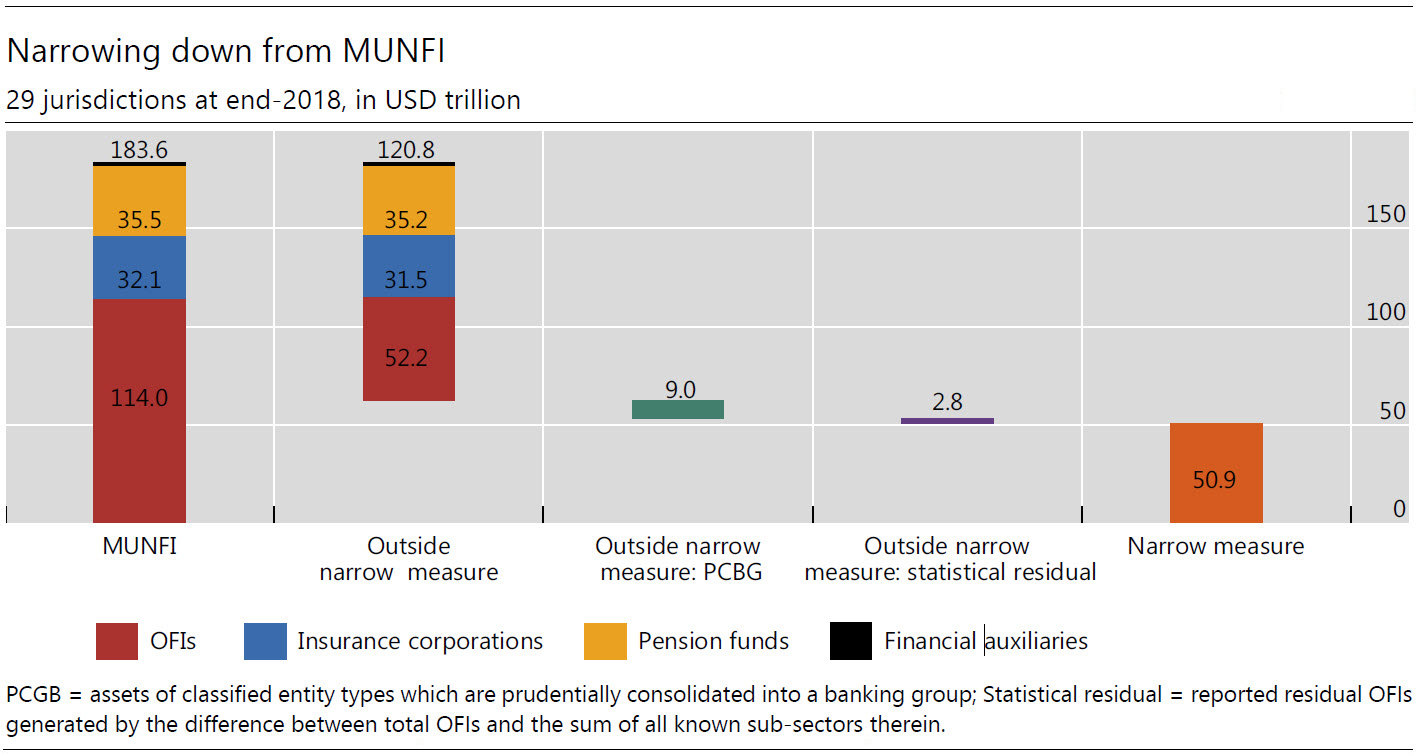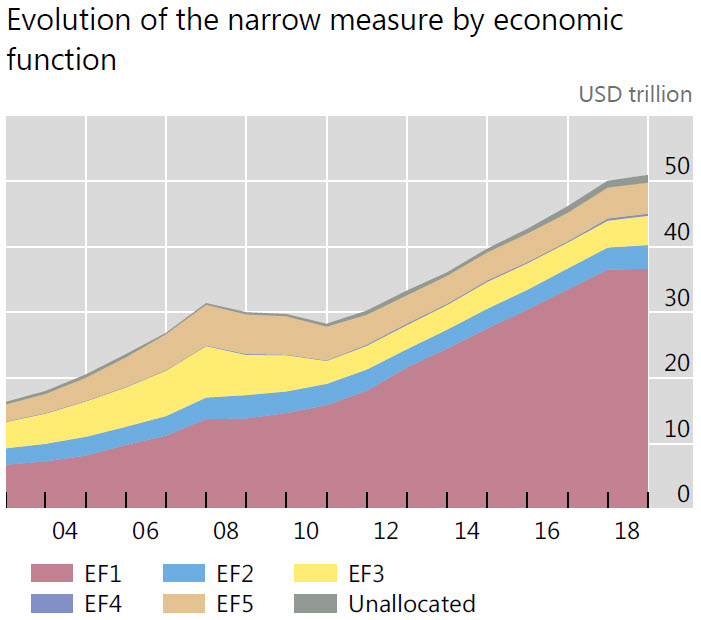Press enquiries:
+41 61 280 8138
[email protected]
Ref no: 2/2020
The Financial Stability Board (FSB), as part of its work to reinforce engagement with stakeholders, has completed a review of how to enhance the effectiveness of its six Regional Consultative Groups (RCGs) as an outreach and feedback mechanism. Through the RCGs, the FSB engages with approximately 70 jurisdictions beyond its membership. Typically, each RCG meets twice a year to exchange views on the vulnerabilities affecting financial systems and on the FSB’s ongoing and planned initiatives to promote financial stability.
The review was conducted by a working group comprised of FSB and non-FSB members from each of the six RCGs, and was co-chaired by Carolyn Wilkins, Senior Deputy Governor of the Bank of Canada and Moses Pelaelo, Governor of the Bank of Botswana.
The review found that both FSB and non-FSB members value the RCGs as an important mechanism to exchange views on a wide range of financial stability issues and the implications for their region. While other types of regional groups exist, few bring together the prudential authorities, market regulators and finance ministries to discuss topics of common interest in the way that RCGs do.
The FSB and RCGs agreed a set of actions to encourage greater input from non-FSB member authorities into the FSB’s work and to further strengthen the effectiveness of RCG meetings. These actions include: involving RCG members in the FSB’s work at an early stage, for instance through their participation in FSB working groups, surveys and workshops; facilitating RCG Co-Chairs’ ability to contribute to FSB Plenary discussions by providing perspectives on regional vulnerabilities, implementation of relevant supervisory and regulatory FSB policies and any impact of such reforms on their region; and further enhancing the focus in RCG meetings on matters of regional and cross-sectoral interest.
In addition, the FSB agreed to continue to hold its Emerging Market and Developing Economies (EMDEs) Forum (which was last held in 2017) on an annual basis as part of FSB Plenary meetings. The EMDEs Forum focuses on issues of particular interest to emerging markets and developing economies and of common interest across RCGs. On a pilot basis, the FSB will also organise a conference to which all FSB and RCG members are invited, and for which FSB and RCG members would be asked to propose topics for the agenda.
Notes to editors
The FSB coordinates at the international level the work of national financial authorities and international standard-setting bodies and develops and promotes the implementation of effective regulatory, supervisory, and other financial sector policies in the interest of financial stability. It brings together national authorities responsible for financial stability in 24 countries and jurisdictions, international financial institutions, sector-specific international groupings of regulators and supervisors, and committees of central bank experts.
In 2011, the FSB established six RCGs, one each for the Americas, Asia, Commonwealth of Independent States, Europe, Middle East and North Africa, and Sub-Saharan Africa region, to expand upon and formalise the FSB’s outreach activities.
The FSB is chaired by Randal K. Quarles, Governor and Vice Chairman for Supervision, US Federal Reserve; its Vice Chair is Klaas Knot, President of De Nederlandsche Bank. The FSB Secretariat is located in Basel, Switzerland, and hosted by the Bank for International Settlements.



